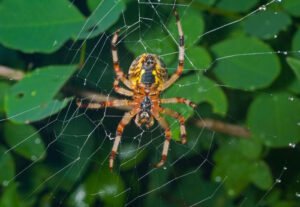Pest control can also be achieved via culling the pest animals — generally small- to medium-sized wild or feral mammals or birds that inhabit the ecological niches near farms, pastures or other human settlements — by employing human hunters or trappers to physically track down, kill and remove them from the area. The culled animals, known as vermin, may be targeted because they are deemed harmful to agricultural crops, livestock or facilities; serve as hosts or vectors that transmit pathogens across species or to humans; or for population control as a mean of protecting other vulnerable species and ecosystems.[21]
Pest control via hunting, like all forms of harvest, has imposed an artificial selective pressure on the organisms being targeted. While varmint hunting is potentially selecting for desired behavioural and demographic changes (e.g. animals avoiding human populated areas, crops and livestock), it can also result in unpredicted outcomes such as the targeted animal adapting for faster reproductive cycles.[22]
Forestry[edit]
Further information: Forestry
Forest pests present a significant problem because it is not easy to access the canopy and monitor pest populations. In addition, forestry pests such as bark beetles, kept under control by natural enemies in their native range, may be transported large distances in cut timber to places where they have no natural predators, enabling them to cause extensive economic damage.[23] Pheromone traps have been used to monitor pest populations in the canopy. These release volatile chemicals that attract males. Pheromone traps can detect the arrival of pests or alert foresters to outbreaks. For example, the spruce budworm, a destructive pest of spruce and balsam fir, has been monitored using pheromone traps in Canadian forests for several decades.[24] In some regions, such as New Brunswick, areas of forest are sprayed with pesticide to control the budworm population and prevent the damage caused during outbreaks.[25]










